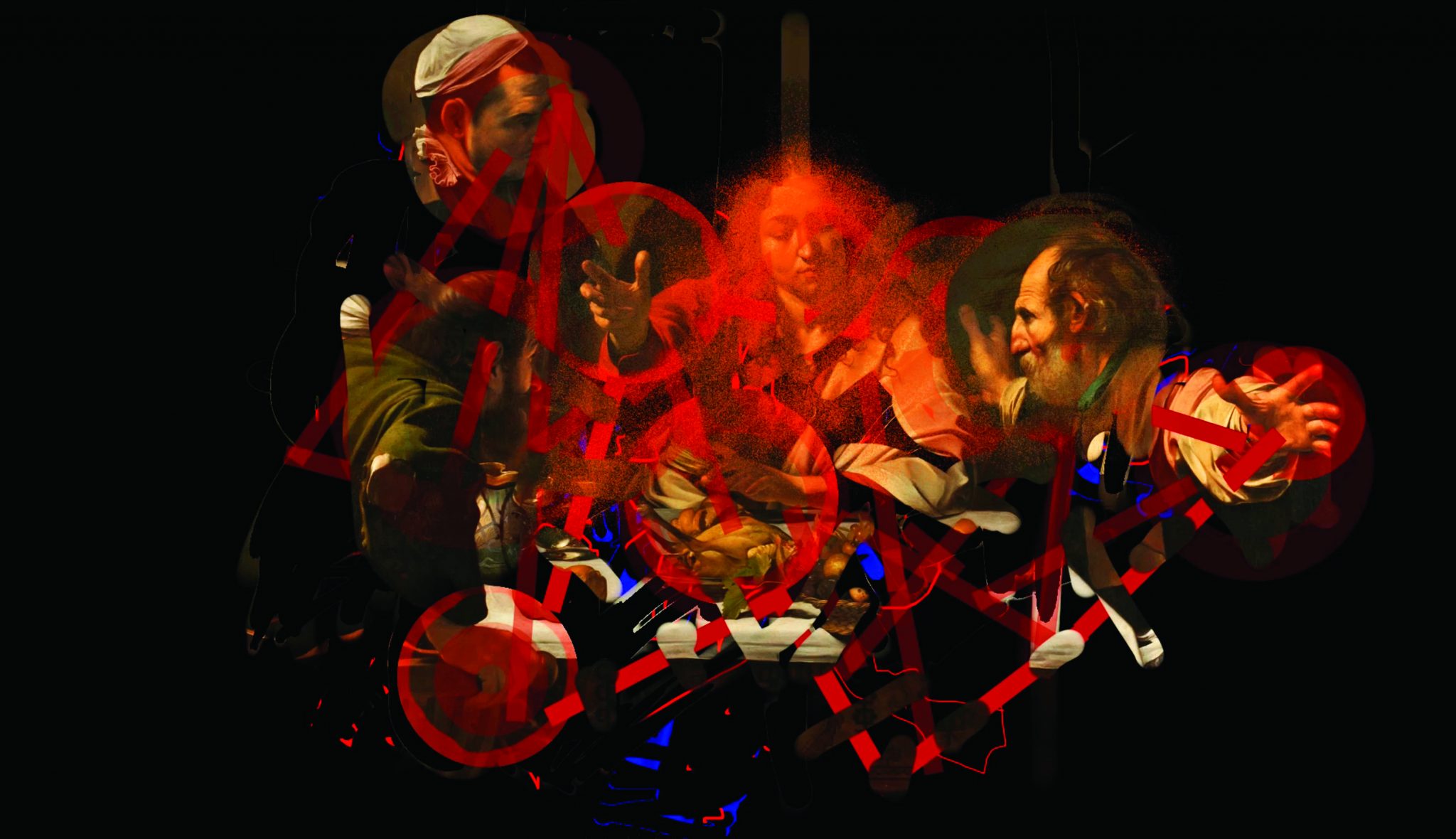From Nalini Malani’s decolonisation of the National Gallery in London to meteorological art in Hong Kong, our editors on the exhibitions around the world to catch this month
Nalini Malani: My Reality is Different
National Gallery, London, through 11 June
Who better than one of the most influential Indian artists (and a pioneer of video art in that country) to decolonise your museum for you? That artist, Nalini Malani (the focus of whose work in recent years has been the legacies of colonialism and the suffering of women), is the National Gallery’s first ‘contemporary fellow’. What does that mean other than the fact that she is alive and working with a memorial to the dead? Well, in practical terms it means the artist has created 25 new animations that will be projected, largescale, in a nine-channel pattern onto the gallery walls. The videos overlap, constantly recombining, and focus on details and readings of paintings from the National Gallery’s own collection as well as a selection from the Holburne Museum in Bath. Or Caravaggio, Bronzino, Jan van der Venne and Johann Zoffany if you want to talk about the voices of the dead. Into this Malani has inserted pictures of marginalised communities, in order to allow the gallery to speak to audiences it doesn’t normally address and give space to voices it doesn’t normally hear. Most likely no one will do this more eloquently than Malani, but that doesn’t change the fact that such processes should have been engaged with a long time ago. Nirmala Devi

Antonio Tarsis: recipe for disaster
Fortes D’Aloia & Gabriel, São Paolo, 4 March – 15 April
When Tarsis was fourteen he was faced with a problem: living in Arraial do Retiro, a favela in Salvador with just his brothers, he realised that he needed a plan to make some money, ‘something I could become good at in five years’ that didn’t rely on the underfunded school he attended. He decided that something would be art. Which of course gave him another problem, as he didn’t have any cash for art supplies. But he devoured books about painting and history in the local arts centre and realised he was surrounded by stuff that could provide painterly material: mainly the fruit and veg boxes that littered the streets after market days and the pale blue match boxes favoured by the neighbouring drug users. These he could collage together in what would become rich Matisse-adjacent studies of colour and form. While he has shown with galleries in Europe after a move to London, this is his first major solo exhibition in Brazil. Oliver Basciano
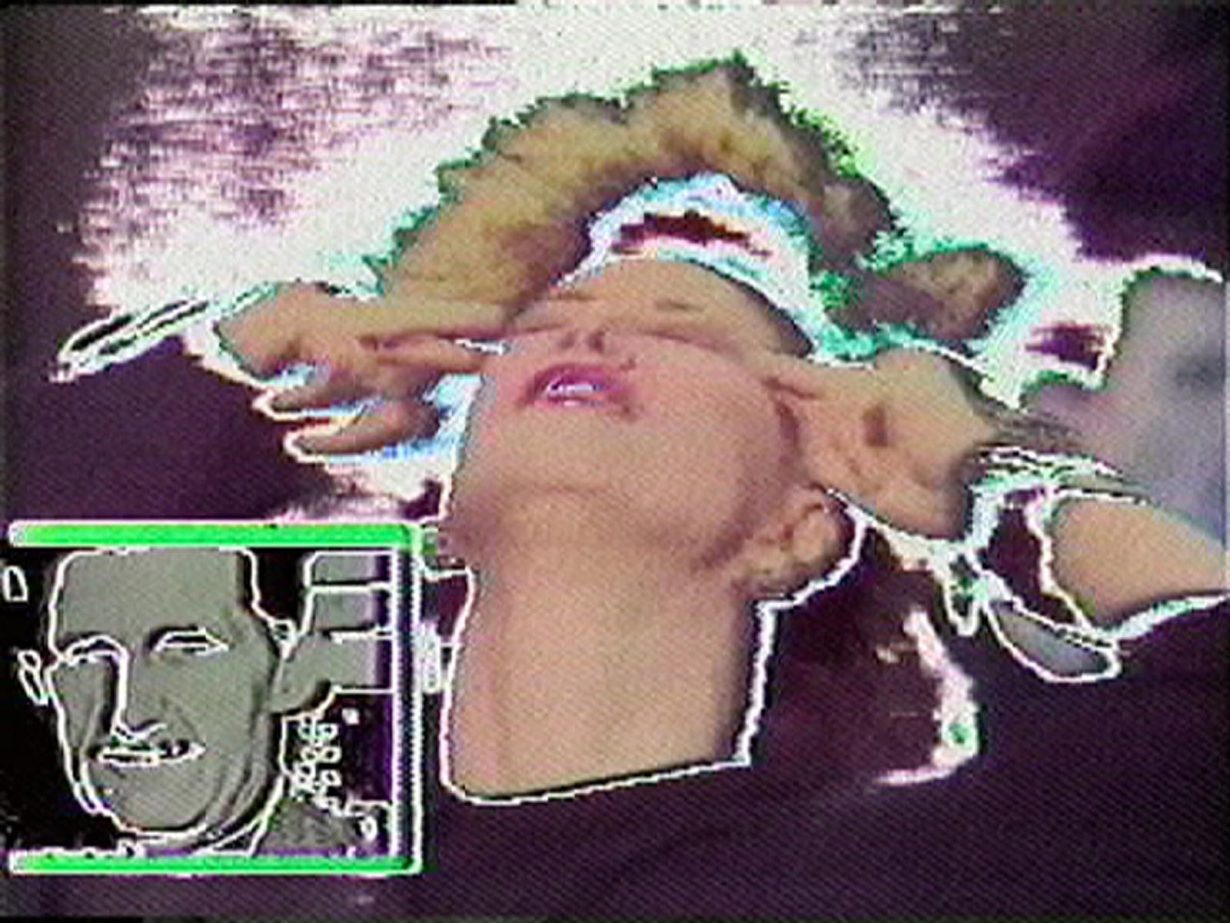
Signals: How Video Transformed the World
MoMA, New York, 5 March – 8 July
It was hard to carve some time out from my daily TikTokery to write this, but hey – my TikTokery is proof that this exhibition’s thesis is 100 percent correct! Obviously the whole point of a group exhibition is to prove a thesis, so MoMA’s curators have enlisted the works of Amar Kanwar, Nam June Paik, Ming Wong, Dara Birnbaum and Martine Syms among others to prove it for them. The exhibition comprises over 70 works spanning 60 years in total and aims to place artistic experimentation as a galvanising force in the evolution of video and moving image as we know it today. And both the positive and negative uses to which the media has been purposed. Nirmala Devi

V.I.E…
A2Z Art Gallery, Paris, through 1 April
For some reason (and I think we can all guess what that reason is), press releases about exhibitions in coloniser countries about their former colonies can tend to contextualise those artworks and artists in terms of their colonised pasts. Don’t let that put you off from V.I.E… which does indeed pull from the French word for ‘life/to live’, but is also a reference to VIEtnam and V.I.E, a specific keyboard typing mode for the Vietnamese language. The exhibition, curated by Lê Thiên-Bảo sets out to capture the essence of Vietnam’s ongoing art scene through 35 artworks of various mediums like painting, installation, ceramics, and more. Artists like Bùi Công Khánh, Lê Thuý, Nguyễn Thúy Hằng and Võ Trân Châu consider Vietnam’s social and cultural history, while Oanh Phi Phi and Hoàng Thanh Vĩnh Phong experiment with art making traditions. While the colonial spectre will continue to haunt, I’m more interested in what these artists doing in the present. Marv Recinto

signals…storms and patterns
Para Site, Hong Kong, 18 March – 28 May
‘Meteorological signals’ (in other words, weather signals) set the somewhat foggy conditions for Para Site’s three-part group exhibition, which will involve commissions of new works and ‘environments’ (which I take to mean some sort of experiential installation) focusing on ‘self-organisation and the politics of space’ set within an ‘experimental display structure that will change throughout the duration of the exhibition’. Sounds intriguing, if somewhat hazy on the details. What’s slightly clearer is the lineup for this first chapter, which will include artists such as Candice Lin, whose work often incorporates organic materials and engages subjects such as colonisation and the female body; Linda Chiu-han Lai, whose videos interrogate the sociopolitical spaces of Hong Kong’s urban areas; Printhow, a Taiwanese collective that’s recently been working with migrant groups in Hong Kong to make linocut prints that document the makers’ collective efforts; and So Wing Po, whose upbringing in a family of doctors practising traditional Chinese medicine has led her to often incorporate the ingredients as materials in her sculptures and installations. This panoply of perspectives and mediums will be accompanied by the more ephemeral (or, rather, vague) elements of ‘sound, textures, radio, performances, stories, events, lighting, and olfactory interventions’ that are set to unfold in the exhibition space. Fi Churchman
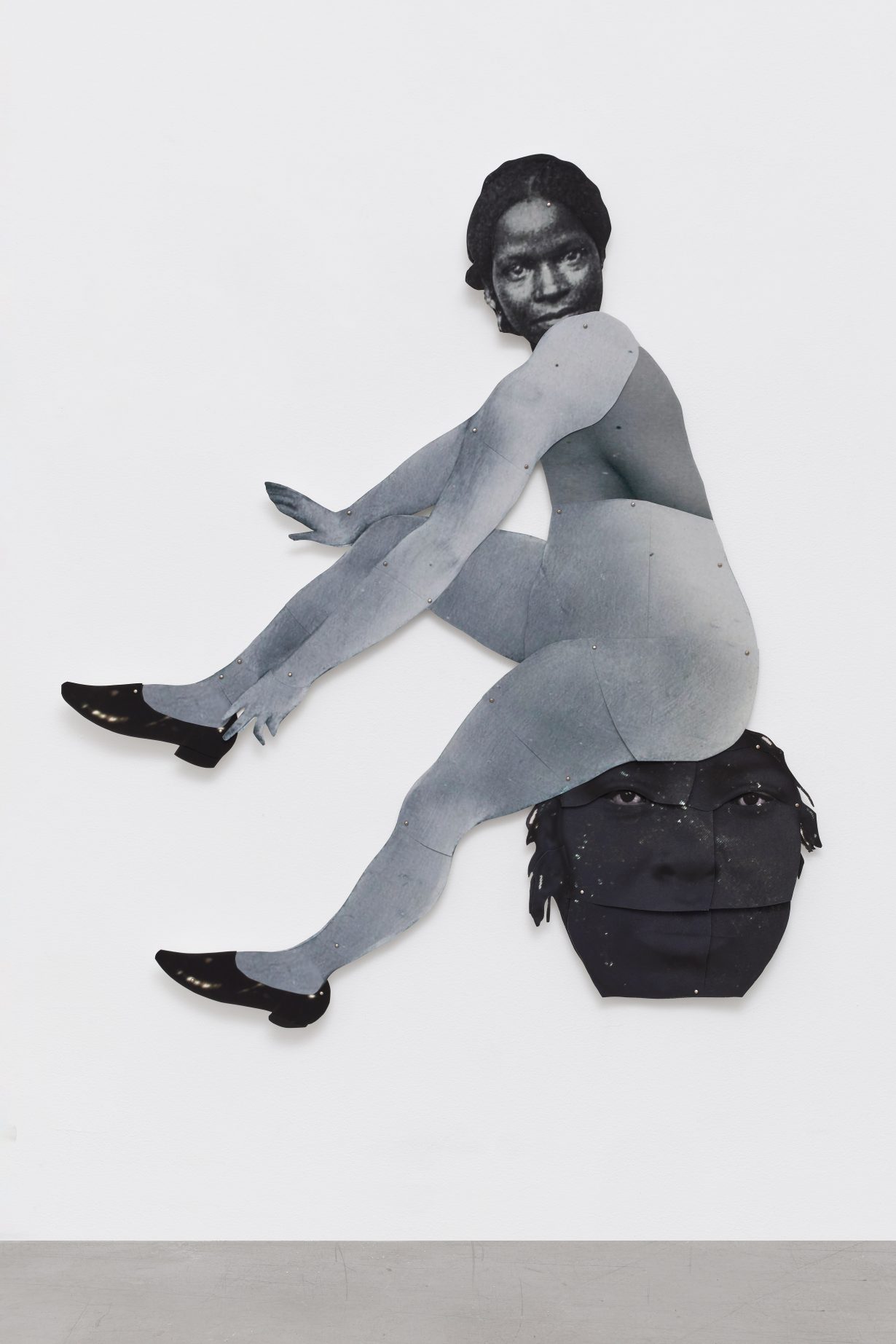
Deutsche Börse Photography Foundation Prize 2023
The Photographers’ Gallery, London, 3 March – 11 June
The 2023 Deutsche Börse exhibition opens this month, displaying its customary shortlist of four artists selected for a body of work exhibited in Europe – one of Bieke Depoorter, Samuel Fosso, Arthur Jafa and Frida Orupabo will join past prizewinners like Deana Lawson, Cao Fei and Mohamed Bourouissa. This year’s exhibition, curated by Katrina Schwarz, seems to share within it a greater thematic and aesthetic sensibility than its recent cohorts: Depoorter opens a reflexive investigation into her role as photographer and representer, using the taken and found photograph as tools for a dizzying, wall-filling exploration of two characters; Fosso restages famous portraits of leading figures, casting himself in their role – sometimes with tongue-firmly-in-cheek as he plays history for drag, but memorable in his role as everyman of the past; Jafa continues his argument for a Black aesthetics, uniting photographs of Miles Davis or punk band Bad Brains with those of ashen, abandoned clothing at the site of Rwandan massacre and a textured cast of a figure’s lashed back. Orupabo’s collage works, which begin the exhibition, are perhaps the prize’s most exciting selection. They present composite figures of black and white images mined from digitised colonial archives and social media. Dozens of individual pieces are skewered together by metal pins, but inconsistently so that the paper curls in places, creating shadows and rifts in the structural forms. Faces remain undistorted, and seem to look at, then through the viewer. Together, the artists fit with the kind of cohesion a group show might aim for. But this is a prize, remember. Alexander Leissle

Placeness
Q SO-KO, Nagoya, 11 March – 7 May
Q SO-KO, a new space in a converted Nagoya warehouse, is marking its arrival with an enticing two-hander entitled Placeness. Enticing not because there is a lot to go on (there isn’t), but because the mere thought of a creative confluence between Thailand’s Prabda Yoon – an author of formally inventive postmodern stories – and the London-based Hiraki Sawa – an artist of equally formally inventive video works and stop-motion photocollages – is enticing in and of itself. Not much else has been disclosed, except that this two-month project will include the publication of a book containing a back-and-forth dialogue and Yoon’s research in the Japanese city. But, given the title and that research, an accumulation of stories and things, moving images and characters sourced from – or somehow responding to – the immediate context seems likely. Organiser and warehouse cohabiter SEASUN tees up Japan-Southeast Asian exchange projects, so also look out for more enticing cross-disciplinary, cross-cultural collaborations (but hopefully less reading between the lines) in the future. Max Crosbie-Jones
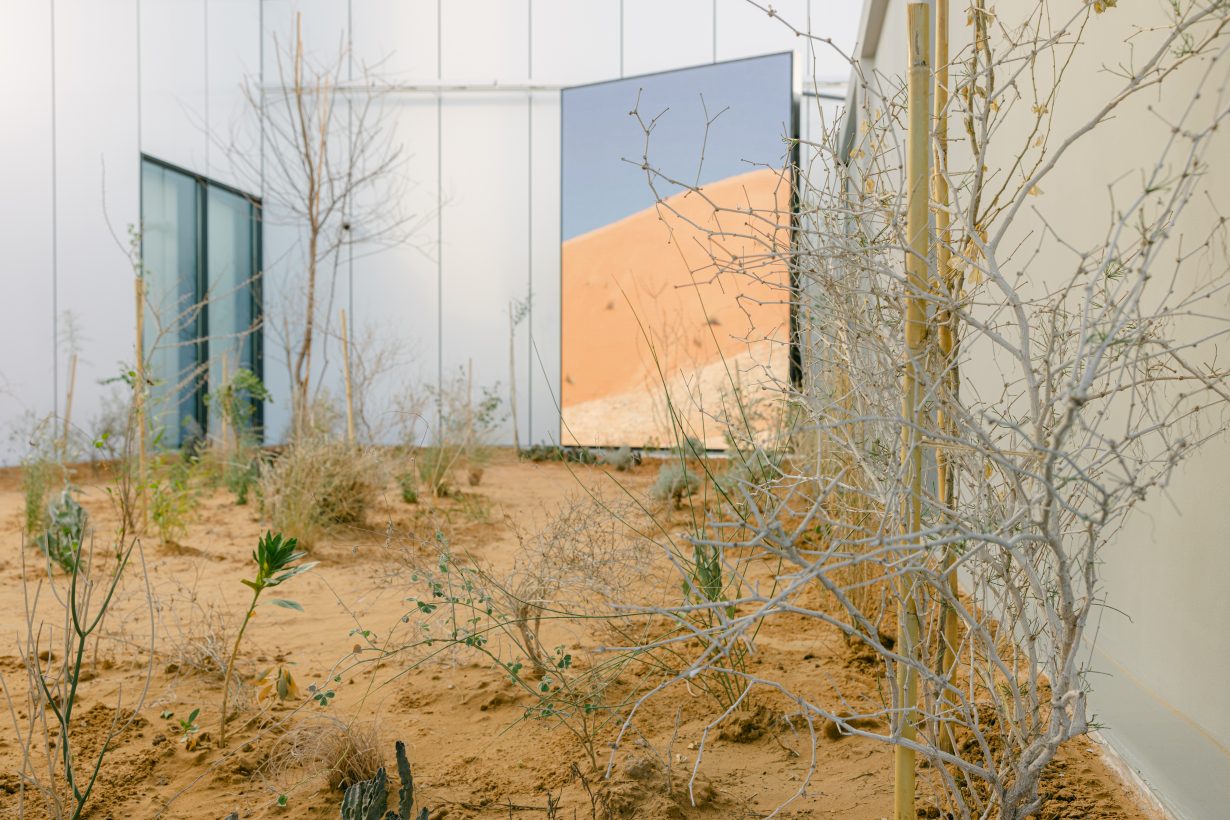
Zheng Bo, Samur
Jameel Arts Centre, Dubai, through 1 December
It’s hard to think of an artist who loves plants the way Hong Kong-based Zheng Bo loves plants – indeed, his video Le Sacre du printemps (Tandvärkstallen) (2022), included in last year’s Venice Biennale, features performers expressing their love for plants through sex – nor is it easy to come up with someone who has spent more time building bridges between the human and nonhuman worlds. During research trips to the UAE in 2022, he came across the Samur (also known as the umbrella thorn), a small tree with a flat top that is found through the Gulf and Middle East, the deserts of India and Pakistan, and most parts of Africa. The plant has long been an important source of fodder for animals, livestock and humans alike. As part of the Jameel Arts Centre’s Garden Commission, Zheng engineered a performance involving two dancers paying homage to the tree’s ‘tenacity and strength’, a performance that lives on as a film installation staged in a landscape of indigenous desert plants. Nirmala Devi
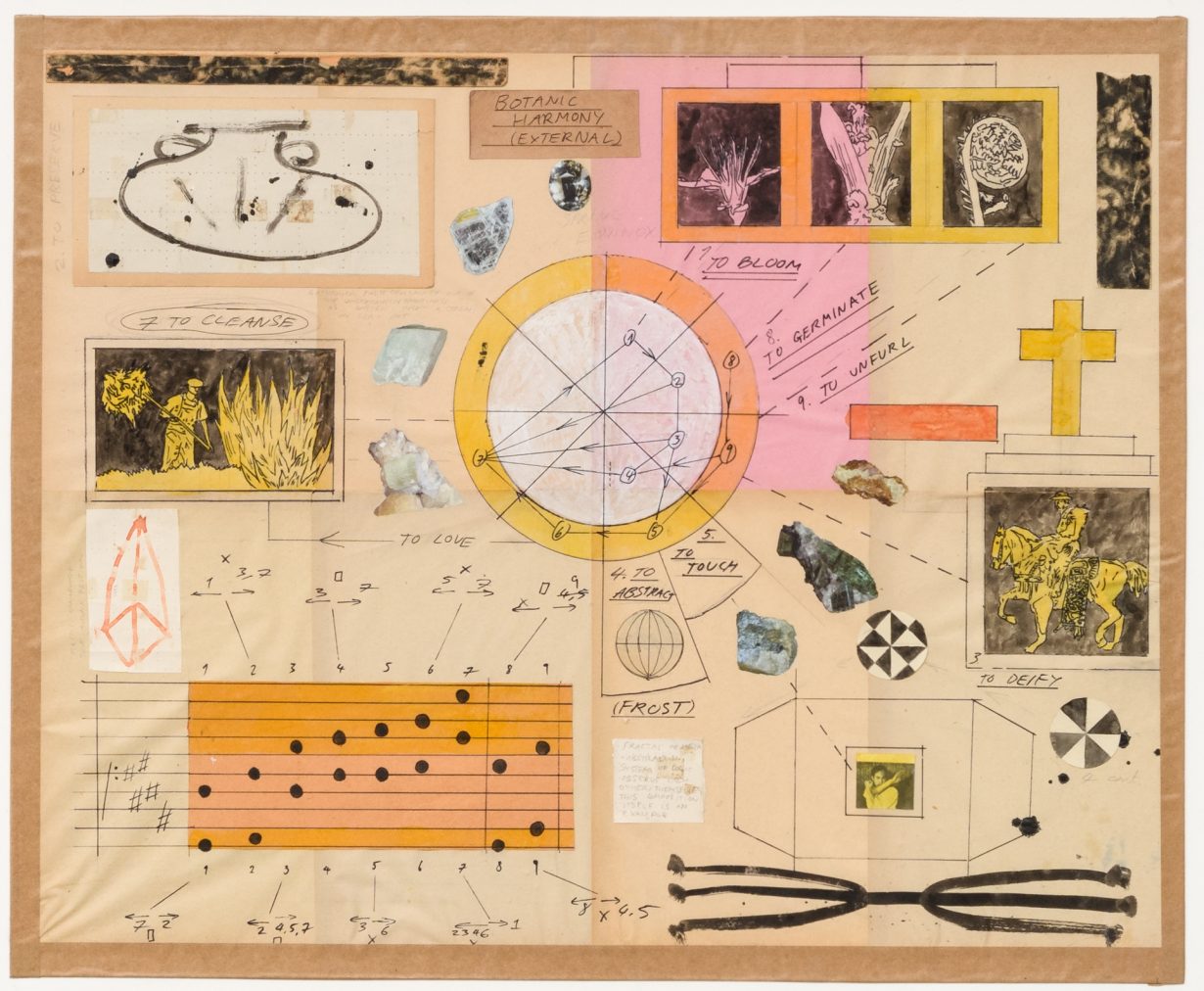
tape on paper and mountboard. Courtesy the artist and Chapter
Leo Robinson: The Infinity Card
Chapter, Cardiff, through 16 April
Glasgow-based artist Leo Robinson’s strange collages bind together musical scores, watercolour and ink, Pokémon cards and printouts of TikTok feeds, giving form to a ‘post-diasporic future’ in which mysticism and ancient knowledge systems intersect with new hierarchies of ritual and technology. These cosmic pictures find Robinson in a richly allegorical and citational mode: haunted by flames, flowers in bloom, William Blake’s Newton, and a deity called the ‘Horse Christ’. This solo exhibition in Wales, in particular, is inspired by the artist’s study of the I Ching – Robinson’s piece of speculative fiction speaking to the endurance of indigenous thought amidst the destruction wrought by colonialism. En Liang Khong
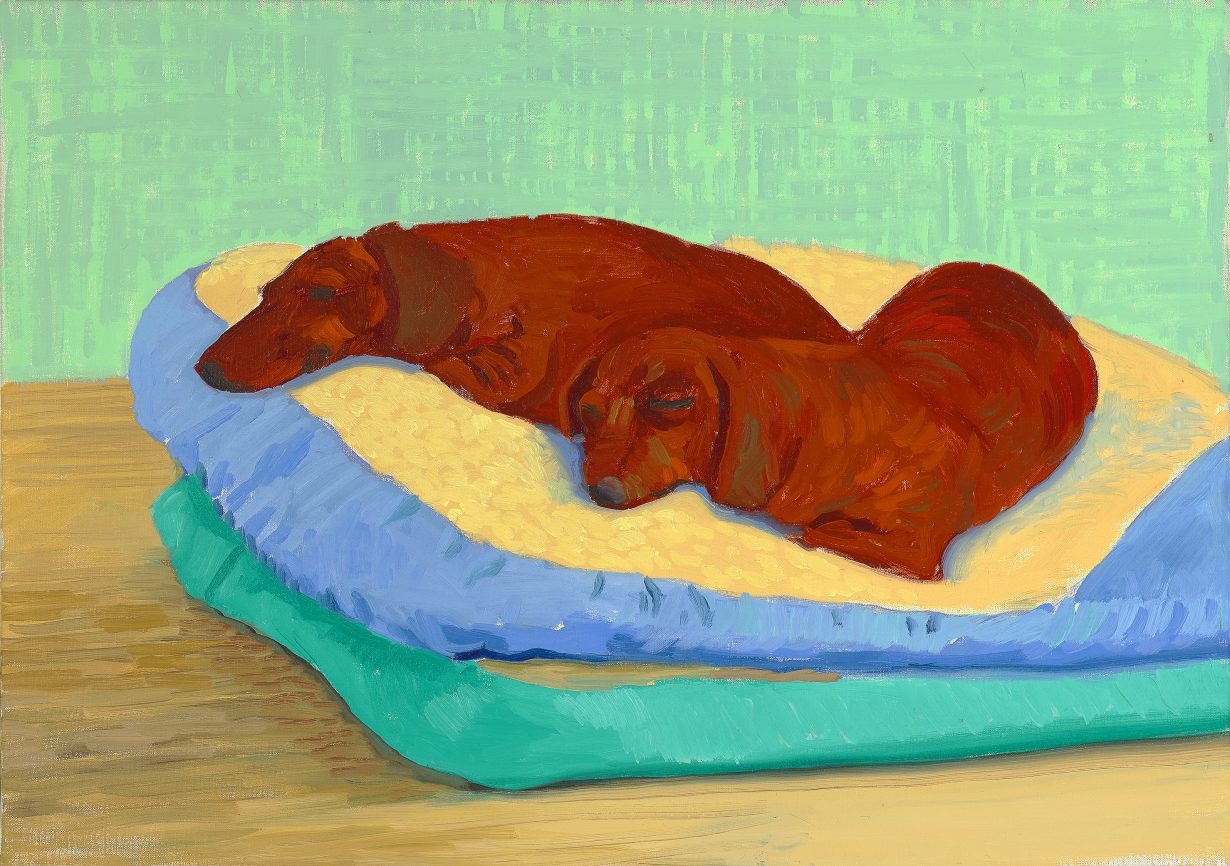
Portraits Of Dogs: From Gainsborough To Hockney
Wallace Collection, London, 29 March – 15 October
Not sure if you’ve heard, but ArtReview’s got an office dog (a particularly chaotic pug named Frank). That being said, exhibitions like Portraits of Dogs are exactly the sort of thing that I, a crazy dog lady, eat up. And this, apparently, is the UK’s first major exhibition dedicated to man’s best friend, so you are sure to see furry faces both historic and contemporary. Leonardo da Vinci’s studies of a dog’s paw, for example, lend a particularly sophisticated air to the show, while Jean-Jacques Bachelier’s portrait of a ridiculous fluffy white dog (complete with pink bow) illustrates how somewhat unhinged we can become about our animals; then, there’s of course David Hockney’s sweet little dachshunds and Lucian Freud’s elegant Italian greyhounds. While it may seem ridiculous to dedicate an entire show to tail-waggers, haven’t we seen enough portraiture of people? I think it’s high time for the art world’s obsessive dog lovers to come together and appreciate paintings of their favourite companions. Personally, I’m taking proposals for the giant portrait of Frank I’ll be commissioning to adorn ArtReview’s hallowed halls. Marv Recinto
